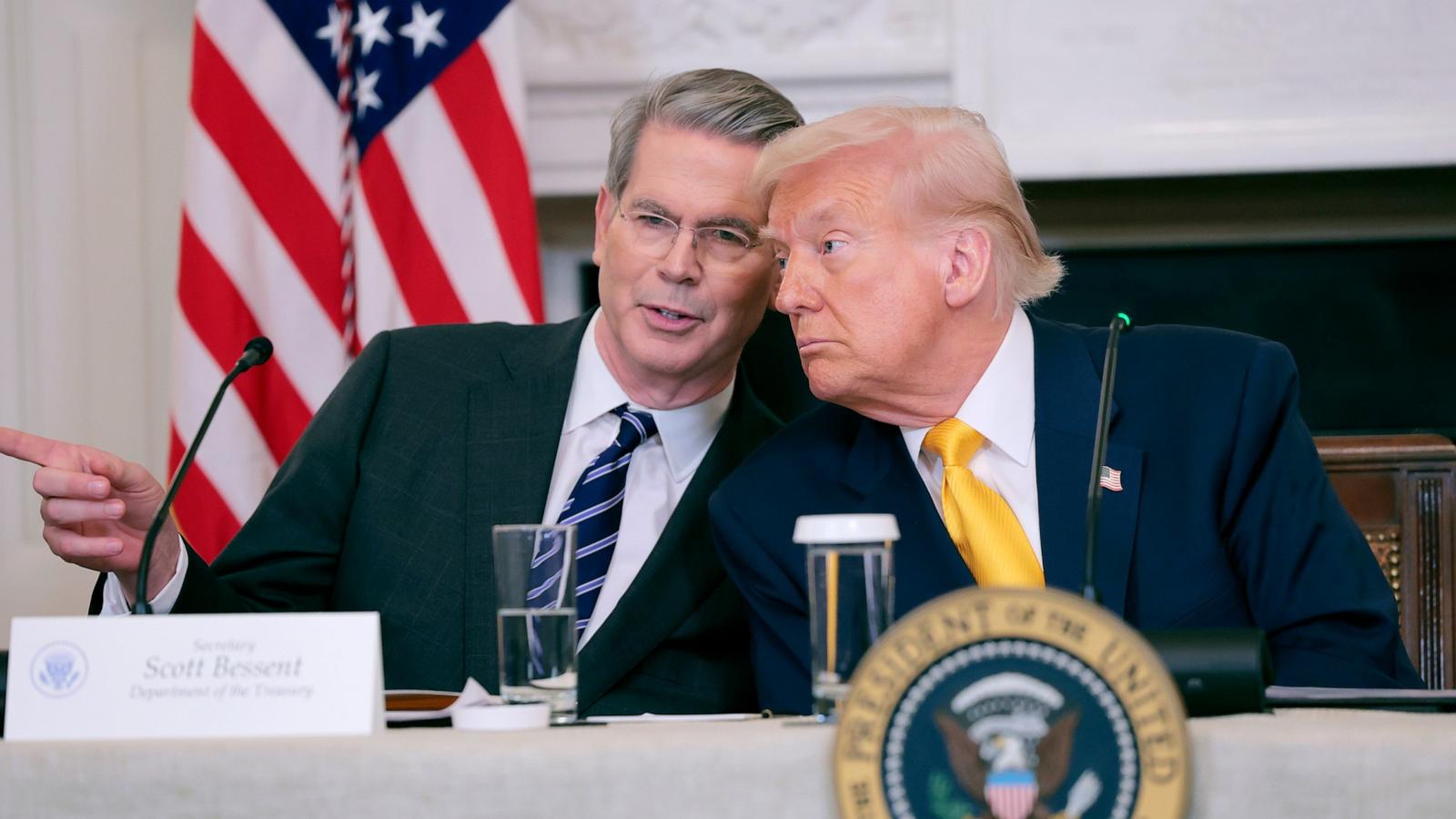
Trump's Tariff Turmoil: What's Next After Courtroom Setbacks?
Hey everyone, let's talk about one of the biggest shakeups in U.S. trade policy we've seen recently—President Trump's tariffs, and the rollercoaster they’ve been on this past week. If you’ve been following the headlines, you know this is more than just a policy debate—it’s turning into a legal and political showdown with real consequences for the economy.
So here's the situation: President Trump’s broad and aggressive tariff strategy just hit a major legal roadblock. Two federal courts—the U.S. Court of International Trade and the U.S. District Court in D.C.—ruled against some of his most sweeping tariffs, including a 30% tariff on Chinese goods and a 10% blanket tariff on nearly all imports. These weren’t small moves—these tariffs were front and center in Trump’s economic playbook, proudly announced in a Rose Garden ceremony he called “Liberation Day.”
Now, this doesn’t mean the tariffs are gone just yet. On Thursday, a federal appeals court stepped in and temporarily reinstated them while legal arguments continue. But this is far from over. Experts say this case could drag on for more than a year and may even end up in the Supreme Court. The heart of the issue? Trump used a rarely invoked 1977 law—the International Economic Emergency Powers Act—to justify the tariffs. That law gives the president broad authority in emergencies but doesn’t specifically allow for tariffs. That gray area is where the courts are pushing back.
Also Read:- Emmy Winner Valerie Mahaffey Dies at 71, Leaving Behind a Legacy of Eccentric Brilliance
- Luis Enrique y el renacer del PSG: el arquitecto del primer milagro parisino
Trump, as expected, didn’t take the rulings lightly. On social media, he slammed the judges involved—even pointing out that one of them was his own appointee—and defended the tariffs as a key reason why "trillions of dollars" have flowed into the U.S. He framed the legal challenge as an attack on his administration’s success.
Now, if these tariffs are ultimately struck down, what happens next? The Trump team is reportedly looking at other legal tools. One option is Section 301 of the Trade Act of 1974, which allows tariffs in response to unfair trade practices—but this requires lengthy federal investigations. There’s also Section 232 of the Trade Expansion Act, which lets the government impose tariffs if a product threatens national security. Trump has used this before for things like steel and aluminum and may apply it to sectors like semiconductors and pharmaceuticals in the future.
And here’s something that might interest businesses: If these tariffs are ruled invalid, importers could get refunds. But don’t expect that money anytime soon. Refunds could take a year or two, and companies will need to provide extensive documentation to claim them.
So, where does that leave us? Right now, the tariffs remain in place—but under a huge legal cloud. Depending on what the courts decide, Trump could be forced to rebuild his tariff regime from scratch using entirely different laws, which won’t be easy or quick.
At the end of the day, this isn’t just a legal issue—it’s a high-stakes battle that will shape how America trades with the world. Whether you support the tariffs or not, one thing’s clear: this story is far from over.
Read More:



0 Comments